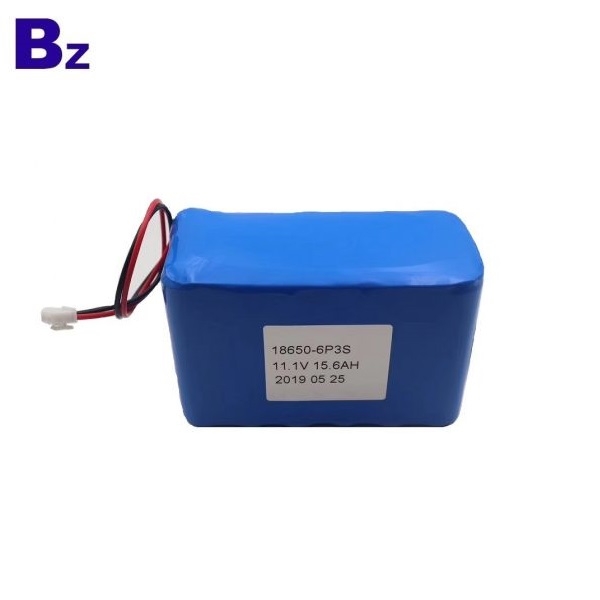Parallel connection: Several batteries, the positive electrode and the positive electrode, the negative electrode and the negative electrode are connected together side by side, the voltage remains unchanged, the capacity increases, and the corresponding current also increases.
Serial connection: Several batteries are connected in series, that is, the positive electrode and the negative electrode. The negative electrode of the first battery is connected to the positive electrode of the second battery, and so on. The voltage increases, the capacity does not change.
In other words, if connected in series, the voltage of the battery pack is the sum of the voltages of the two batteries; if connected in parallel, the voltage they provide to the electrical appliances is as large as the voltage of only one battery.

The difference between battery parallel connection and series connection is mainly the difference in voltage and capacity. Take a lithium battery with a voltage of 3.7V and a capacity of 3000mAh as an example. It is also a two-cell battery. If two batteries are connected in series, the model of the battery pack that is: 7.4V / 3000mAh, if two batteries are connected in parallel, then the model becomes: 3.7V / 6000mAh. When connected in series, the voltage will increase without changing the capacity. When connected in parallel, the capacity will increase without changing the voltage. But the battery packs that we often use are all connected in series + parallel connection, such as 4S2P and so on.
In the battery pack, multiple batteries are connected in series to obtain the required operating voltage. If what is needed is a higher capacity and more current, then the batteries should be connected in parallel. There are also battery packs that combine the two methods of series and parallel. For example, four 3.7V 2000mAh lithium-ion batteries are connected in series, and the total voltage reaches 14.8V. Then, two battery packs connected in series are connected in parallel, so that the total power of the battery pack can be increased from 2000mAh to 4000mAh. This connection is called "4S2P", which means: two sets of four batteries connected in series are connected in parallel. So, the final batteries packs will be : 14.8V 4000mAh.
So to sum it up:
The voltage of the parallel lithium battery is unchanged, and the power supply current can be increased (the battery capacity is increased);
Lithium batteries connected in series can increase the supply voltage without changing the current (the battery capacity remains the same).



